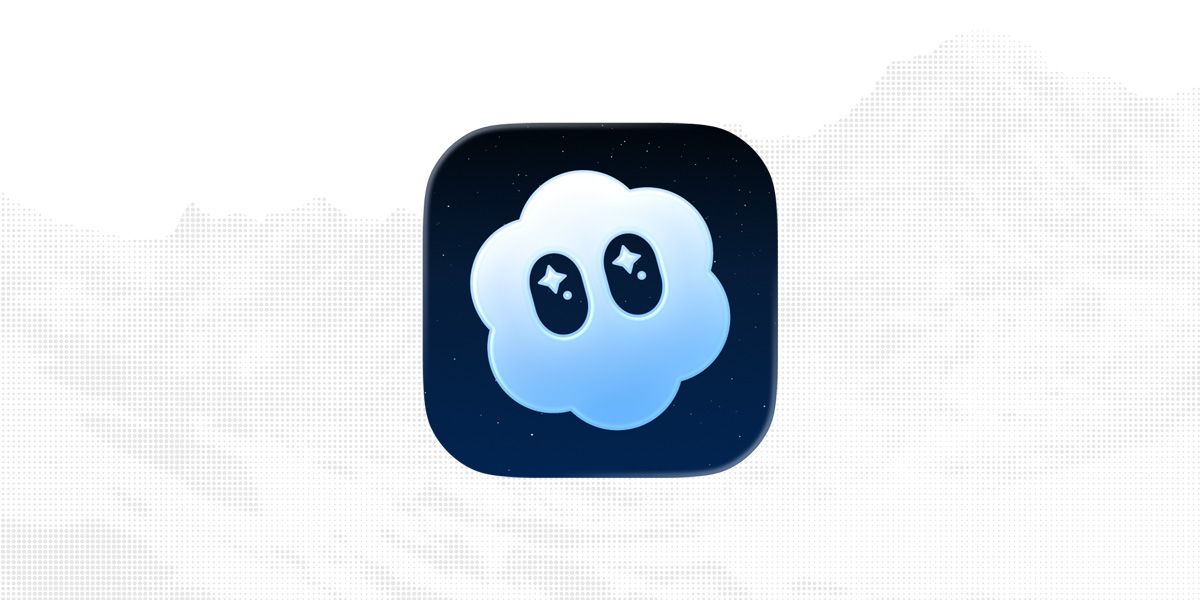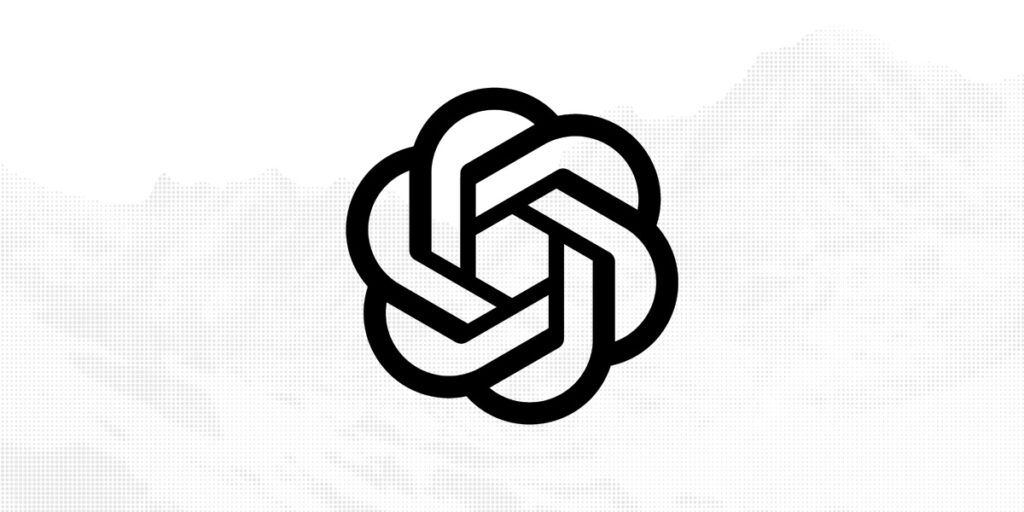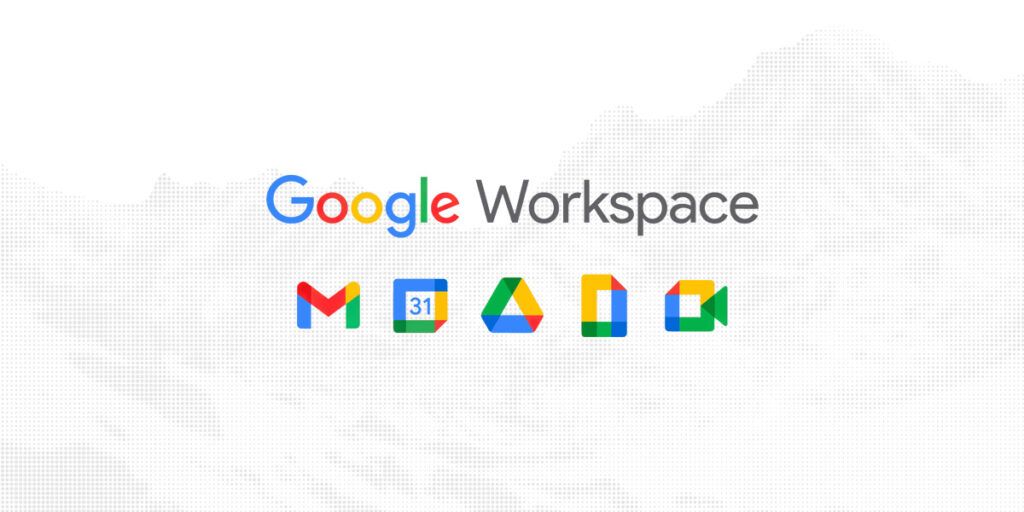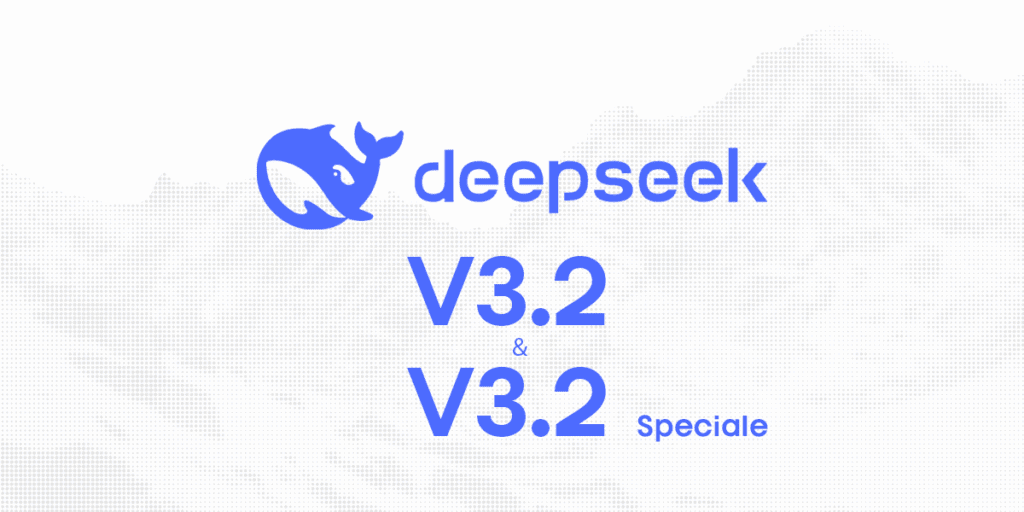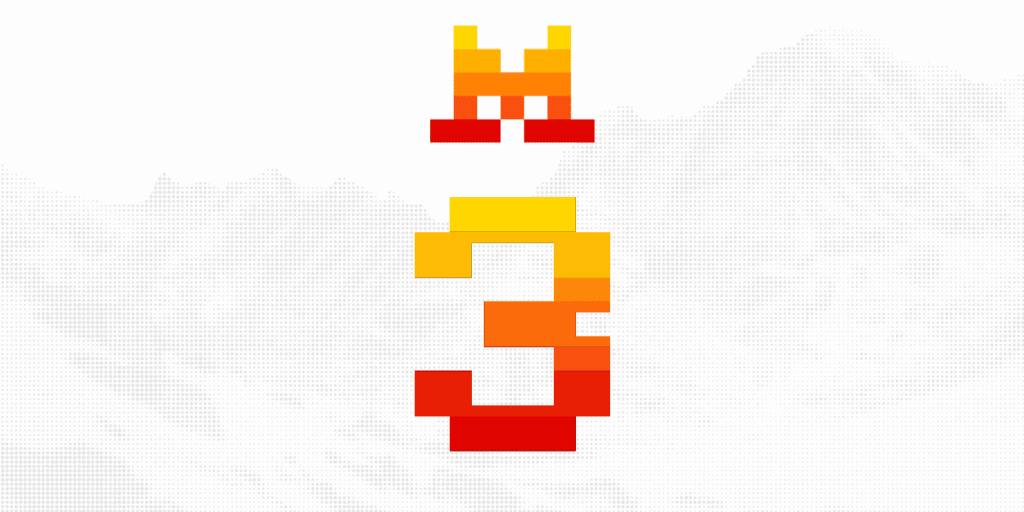September 30 2025 – OpenAI has released Sora 2, its latest video generation model that represents a leap forward in artificial intelligence video creation. The announcement came alongside the launch of a TikTok-style social media application that positions the company to compete directly with established video-sharing platforms.
Improved physics and realism capabilities
Sora 2 addresses many of the fundamental limitations that plagued earlier video generation models. Unlike previous systems that would “morph objects and deform reality” to execute text prompts, Sora 2 demonstrates improved adherence to physical laws. The model can now generate complex movements like Olympic gymnastics routines, paddleboard backflips, and triple axels while maintaining realistic physics.
“Prior video models are overoptimistic, they will morph objects and deform reality to successfully execute upon a text prompt,” OpenAI explained. “For example, if a basketball player misses a shot, the ball may spontaneously teleport to the hoop. In Sora 2, if a basketball player misses a shot, it will rebound off the backboard”.
The model now supports synchronized dialogue and sound effects, creating a comprehensive audio-visual experience that was absent in its predecessor. This represents a significant advancement, as the original Sora was limited to silent video clips.
Social media app and controversial cameos feature
Perhaps the most ambitious aspect of OpenAI’s launch is the accompanying Sora mobile application, available initially as an invite-only platform in the United States and Canada. The app functions similarly to TikTok, featuring a vertical video feed with algorithmic recommendations and social sharing capabilities.
The most distinctive feature is “Cameos,” which allows users to insert their own likeness into AI-generated videos after recording a verification clip. OpenAI emphasizes strict consent controls, stating that users maintain complete control over who can use their likeness and can revoke access at any time.
However, the cameos feature has generated mixed reactions from the community. On Reddit, users expressed concerns about privacy and consent, with one commenter stating: “If someone included me in a Sora cameo, I would consider them no longer my friend”. Despite permission-based controls, many users remain skeptical about potential misuse.
Technical specifications and competitive positioning
Industry analysis suggests that Sora 2 generates videos up to 1080p resolution with durations extending from the original 20-second limit to approximately 30-60 seconds. The model shows improved temporal consistency and reduced artifacts compared to earlier versions, though some technical limitations persist.
Compared to competitors, Sora 2 appears to emphasize realism and physics accuracy over the creative flexibility offered by alternatives like Runway ML or Pika Labs. Early comparisons indicate that Sora 2 excels at “photo-realistic detailed videos,” while Runway offers “cinematic flair” and Pika provides speed and creative control.
The global AI video generator market, valued at approximately $614.8 million in 2024, is projected to reach $2.56 billion by 2032. OpenAI’s entry into this competitive landscape challenges established players across multiple dimensions: technical capability, user experience, and business model innovation.
Safety measures of Sora 2
OpenAI has implemented comprehensive safety measures, including visible watermarking and C2PA metadata embedded in all generated videos. The company restricts depictions of public figures without consent and has established stricter content policies for teenage users.
Despite these precautions, security experts warn about potential misuse. Sora is absolutely capable of creating videos that could trick everyday folks. Video does not need to be perfect to be believable as many people still don’t realize that video can be manipulated as easily as pictures.
The company has adopted an opt-out approach for training data, meaning copyrighted content may be used unless creators actively exclude it. Disney has already exercised this option, becoming the first major studio to prevent its content from being used in Sora training.
Community response and market implications
Early community reactions reveal enthusiasm tempered by legitimate concerns. Technical reviewers praise the improved physics simulation and audio synchronization, while creators appreciate the democratization of high-quality video production.
However, critics worry about the broader implications. The leak of an earlier Sora version by disgruntled testers highlighted tensions over contributor recognition and compensation. Some developers expressed frustration with what they perceived as “artwashing” – using unpaid labor from creators to enhance the company’s public image.
Industry observers view Sora 2 as OpenAI’s attempt to establish dominance in the AI video generation market before competitors can catch up. The simultaneous launch of both the technical model and social platform represents a comprehensive strategy to capture value across the entire video creation and distribution pipeline.
As the AI video generation market shifts focus from pure capability to profitability, Sora 2’s success will depend not just on its technical merits, but on OpenAI’s ability to navigate complex issues around content ownership, user safety, and sustainable monetization. The invite-only launch suggests the company is taking a cautious approach, likely learning from the challenges faced by other platforms in managing AI-generated content at scale.



